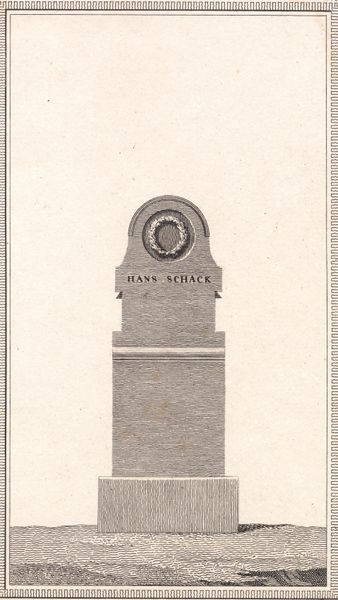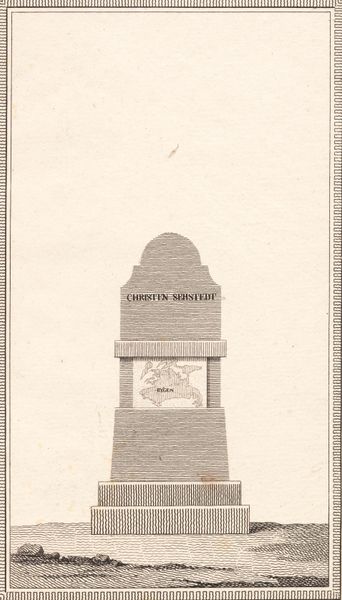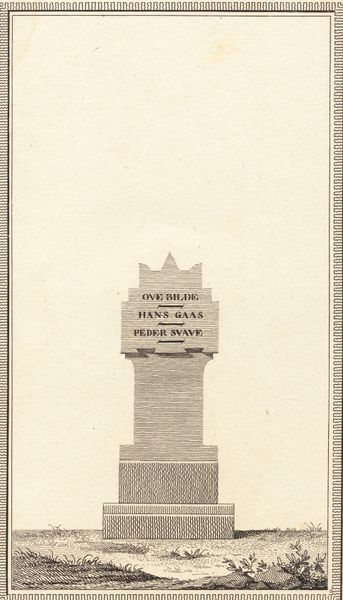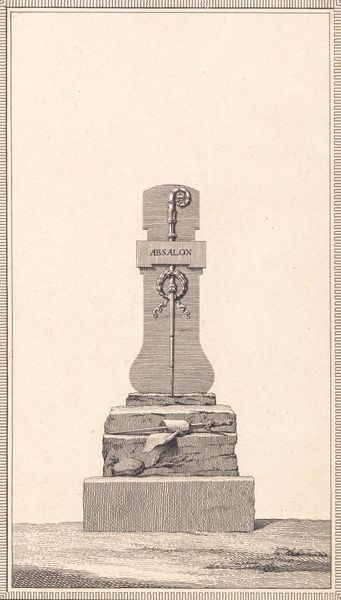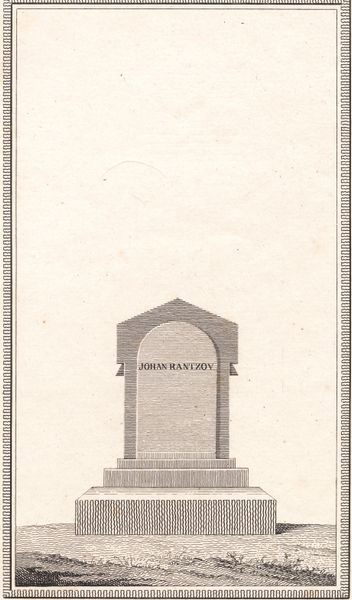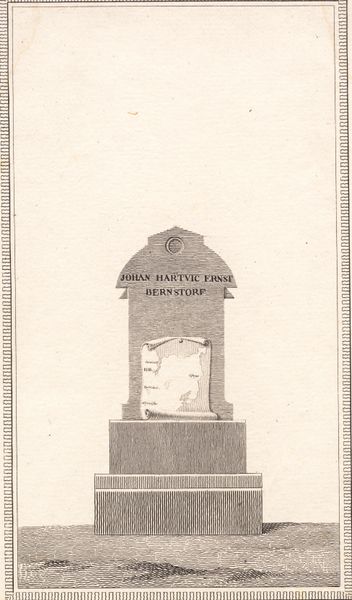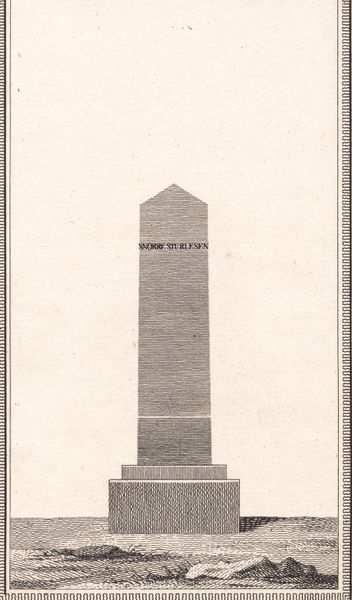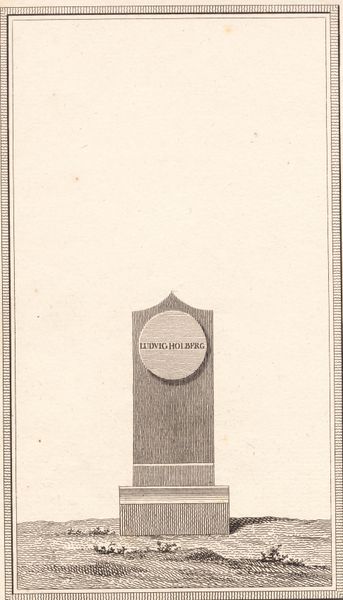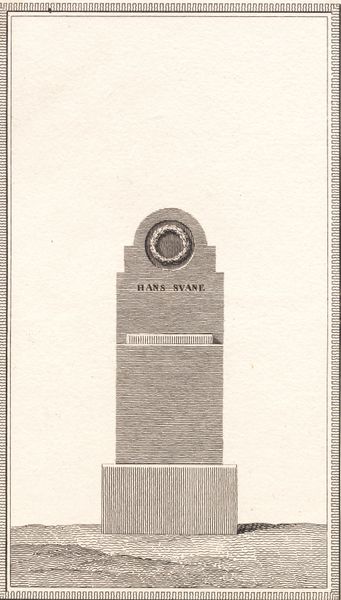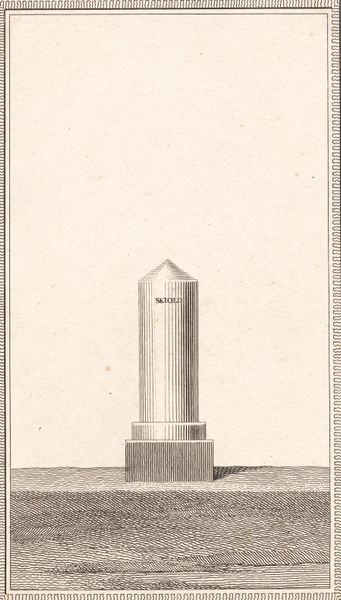
drawing, print, etching
#
portrait
#
drawing
#
neoclacissism
# print
#
etching
#
landscape
Dimensions: 178 mm (height) x 103 mm (width) (billedmaal)
Curator: It's remarkable, isn't it? J.F. Clemens etched this portrait of Christoffer Gabel between 1779 and 1781. Notice the delicate lines, characteristic of the neoclassical movement. Editor: Delicate is an understatement! It feels incredibly stark, almost oppressively formal. It's like gazing at a blueprint for a very severe monument. The texture almost mimics stone. What’s the story behind Gabel? Curator: Christoffer Gabel was a powerful figure in Danish history, known for his controversial role in the absolute monarchy. Clemens crafted this as a print, part of a series of historical portraits. Observe how the landscape style grounds the figure with a deceptive simplicity, belying the complexities of political power. Editor: Ah, that explains the weight of it. It's funny how a simple etching can carry such baggage. Look at the wreath at the top, a symbol of honor. Is that intentional, or merely ironic, given the subject? Curator: Given the neoclassical emphasis on virtue and historical exemplars, the wreath probably alludes to a desired perception rather than an objective reality. The very structure of the portrait--rigid, stratified--underscores themes of power and control. Editor: I see what you mean. Each block could represent a tier of society or the different layers of his influence. Still, it's such a...dry piece, isn't it? Not a lot of room for the imagination to play. Curator: Perhaps that's precisely the point. Neoclassicism aimed for clarity and order, eschewing the supposed excesses of the Baroque. There is a compelling purity in the absence of excessive adornment. It's the structure that speaks volumes. Editor: Well, I suppose it depends on what you're listening for. To me, this structure is screaming "authority," and I find it quite chilling, the meticulous craft notwithstanding. Still, I’m not sure that the piece does Gabel any real justice beyond the obvious name-check. Curator: Indeed, it encapsulates a very particular moment and ideological positioning. Food for thought as we consider the art of portraiture! Editor: Absolutely, it seems some portraits, even seemingly “delicate” ones, are always more about the story than the sitter.
Comments
No comments
Be the first to comment and join the conversation on the ultimate creative platform.
